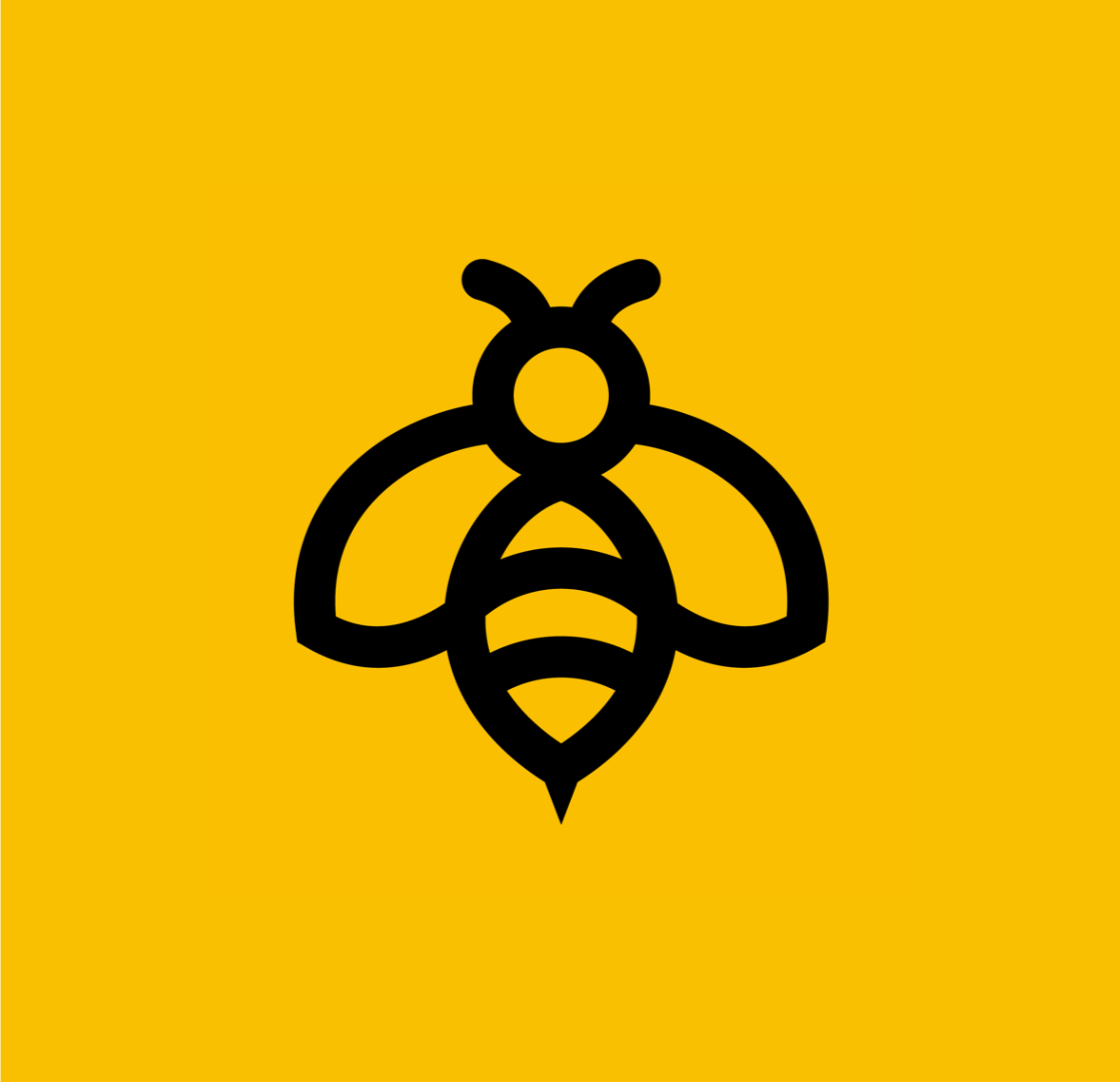The growth of influencers turned entrepreneurs is expanding rapidly and it’s not by chance. This trend started around 2009 and is spreading like wildfire, expanding across influencers in fashion, design, cooking, fitness, parents and even pets.
You can see this trend's growth mapped by yours truly on the following chart. The baseline data used was Forbes 2017 Top Influencers list, which charts ten influencers across twelve different categories. You can find more info about their methodology here.
The Growth of Influencers to Entrepreneurs
How have they harnessed their influence and turned themselves into full fledged companies valued at hundreds of millions of dollars? They've leveraged their audience as a sounding board for their product development.
Their secret to success is through the simple form of listening. With that being said, there is a MAJOR difference between how these influencers listen and how most brands listen. Typically, what big brands will do before they launch a new product is “social listening”, focus groups and/or custom surveys. Don’t get me a wrong, I am a huge proponent of these (seriously - fielding research studies is one of my favorite things to do). However, these are snapshots in time from a group of people that you hope is representative of your actual core consumer. Tastes change daily, trends come and go. Humans are a fickle bunch. How can brands truly know what products their fans want from them?
Photo by Charisse Kenion on Unsplash
One of my favorite examples of this played out IRL is Glossier. Emily Weiss, the OG beauty influencer of Into the Gloss and now founder and CEO of Glossier, is a genius. Her and her team have created a Slack channel for the Glossier fan-girls to hear about their skincare routines, listen to their feedback on new products, and even get new ideas from them via in person meetups. How is this different from what brands typically do?
This level of listening becomes an always-on focus group to glean insights about your audience's ever-changing behaviors and preferences. You become a fly on the wall and learn things about them that you would never have thought to ask in traditional data gathering.
Natural brows are in this year? Glossier has a product for you. Fans don’t like Living Coral? NBD, Glossier already knew that. What's even more impactful with this method is that you may learn something seemingly non-related that is ripe with interesting ideas. For example, perhaps you find Tulum is their new favorite vacay spot—maybe there's a yoga resort collab waiting to happen or a new lip gloss line inspired by the colors of Mexico. In Emily's words: “One of the things that we really rely on is our customers as co-creators and sort of co-conspirators of our company.” And that’s paid off; Glossier was just valued at $390MM.
A great example of a non-influencer brand using this approach is Fashion Nova, one of the fastest growing women’s street chic clothing brands. It’s made for women with "Coca-Cola body shapes" and is repped by the likes of Cardi B, Blac Chyna and Kylie Jenner. The entire brand was built via their obsessive #novababe community on Instagram. The Cut reports that “it’s the Nova Babes who are the real face of the company, recruited by the brand’s social-media team, which pores over the thousands of photos under #novababe. To get selected is a high achievement”.
What’s really interesting about their approach is that they’ve flipped the model for product development by listening to their fans. They post pictures of samples online, people can sign up to learn when it’s available and then based on those sign ups the pieces are made a few weeks after. To no surprise, the products often sell out in days and sometimes hours.
A few other non-influencer brands are starting to use this approach as well. Cassandra Daily dives into this in more detail with examples from Starbucks, Ralph Lauren and Adidas.
What does this all mean? Whether you’re an influencer, a marketer or anyone who needs insights about your product, think non-traditionally about how you gather audience data. A great place to start is your brand’s DMs, Reddit threads, YouTube comments and customer service feedback. But, if you're able to take it to the next level and create a full fledged community, you’ll likely find the answer you were looking as well as ones you weren't.



